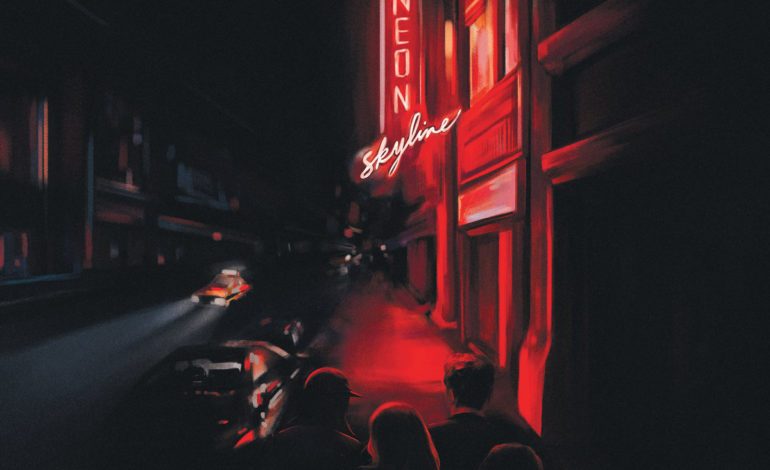

Simplistic, sincere reformation of concept albums
When people think about concept albums in 2020, their minds automatically drift to records like My Chemical Romance’s The Black Parade and The Who’s Tommy— art pieces that utilize every conceivable element of rock music in order to tell a story from beginning to end. These projects went on to become legendary rock operas, but Andy Shauf’s most recent release, The Neon Skyline, proves that influential concept albums are still being made every day. They just look a little different than people are accustomed to.
Instead of focusing on complex arrangements and fitting a plot into traditional lyricism, Shauf sets his incredibly detailed story to relatively simple musical accompaniment. The story itself is also rather inconspicuous. The narrator goes out to a local bar where he hears his ex, Judy, is back in town. He spends time reminiscing on the rise and fall of their relationship until she happens to turn up. They spend a little time together before going their separate ways, leaving the narrator to make sense of everything. By infusing an almost universal plot with excruciatingly specific details and lying it over an unassuming backing track, Shauf brings a refreshing sense of sincerity and intimacy to the art of concept albums.
The Neon Skyline almost functions more like a story set to music than an indie rock album. First of all, a majority of Shauf’s lyrics do not rhyme. A risky move for sure, but in doing so, listeners are forced to narrow in on the words and consequently the story unfolding. People’s ears are conditioned to pick up rhyme patterns in songs but by abandoning the technique altogether, Shauf is practically begging us to pay attention.
Shauf also breaks from traditional song structure in his use of dialogue. By utilizing a tool conventionally reserved for printed work like novels and screenplays, he is able to create distinct characters and scenarios, despite his vocals being the only ones on the record. For example, in “Try Again,” listeners get a glimpse of an exchange between the narrator and Judy that goes, “She puts her hand on the sleeve of my coat/ she says, ‘I’ve missed this’/ I say, ‘I know, I’ve missed you too’/ she says, ‘I was actually talking about your coat.’” In showing this conversation, rather than glossing over it in the past tense, the divide between listeners and the world of The Neon Skyline crumbles. With lyrics like these, we are formally invited inside.
Just because the actual music of this album is less multifaceted in comparison with the lyrics and storytelling, that doesn’t mean its strengths should be passed over. Namely, the bass work throughout the record is insanely strong. The first track, “Neon Skyline,” opens with a walking bassline that sets the tone for the rest of the song and album as a whole. Shauf also makes use of a range of woodwind instruments in nearly every track, specifically the clarinet, which sets The Neon Skyline apart from other records in the genre.
There is an inherent maturity to everything on The Neon Skyline. With songs like “Living Room” and “Dust Kids” turning an innocent inquiry about a friend’s child into a meditation on death and reincarnation, the scenes Shauf lays out through the album are insightful and incredibly adult. While a disproportionately high number of modern artists are writing about breakups and nostalgia, Shauf is doing it in a new and honest way.
For years, it’s seemed as if the concept album was a long lost art, reserved for long lost artists and unable to be recreated in the modern-day. Shauf’s work counters that argument and instead of letting concept albums remain a coveted thing of the past, he’s brought a contemporary twist to them in order to reinforce their relevancy. The Neon Skyline reminds us that storytelling is still an irreplaceable element of songwriting and simplicity isn’t necessarily bad. As long as the music is sincere and earnest, it’s worthy of a listen or two.
